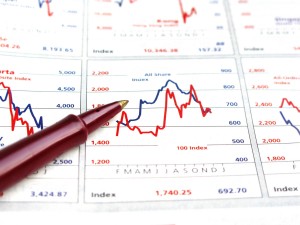 Student loans have risen astronomically over the past decade, with the total loan amount quintupling from 2003 to now. $1.2 trillion dollars nationally and an average of roughly $30,000 per graduate are huge sums of money, especially when federal student loans are continually taken out at a rate of 10 million per year. The number of private school loans is similarly high, and the number of for-profit school loans is higher.
Student loans have risen astronomically over the past decade, with the total loan amount quintupling from 2003 to now. $1.2 trillion dollars nationally and an average of roughly $30,000 per graduate are huge sums of money, especially when federal student loans are continually taken out at a rate of 10 million per year. The number of private school loans is similarly high, and the number of for-profit school loans is higher.
Economic Threat?
The student loan situation has hit such an extreme that many Americans consider them the number one biggest threat to our economy today. From 2005 to 2014, overall prices of college rose roughly 22 percent, while total student loan debt rose 150 percent. These figures indicate both that more loans are being taken out and that borrowers are receiving steeper fines for defaulting.
While student loan debt has increased, other debts have decreased across the country. Mortgage debt for young adults, for example, has gone from 63 percent of total debt in 2005 to roughly 40 percent. This is due to fewer young adults buying homes because they owe too much in student loan debt.
Consumer spending has also decreased significantly. Young adults struggling with debt don’t spend nearly as much money on items like clothes, cars, appliances, and new technology. Given that almost three quarters of our economy relies heavily upon consumer spending, this significant downturn is dangerous to the country’s overall economic health. Far from being a problem solely for those millions struggling directly with student loans, student loan debt has grown and become a turning cog in almost all aspects of the economy and many having to seek relief through the help of a student loan lawyer.

